Testing the limits of a 160-year-old dream
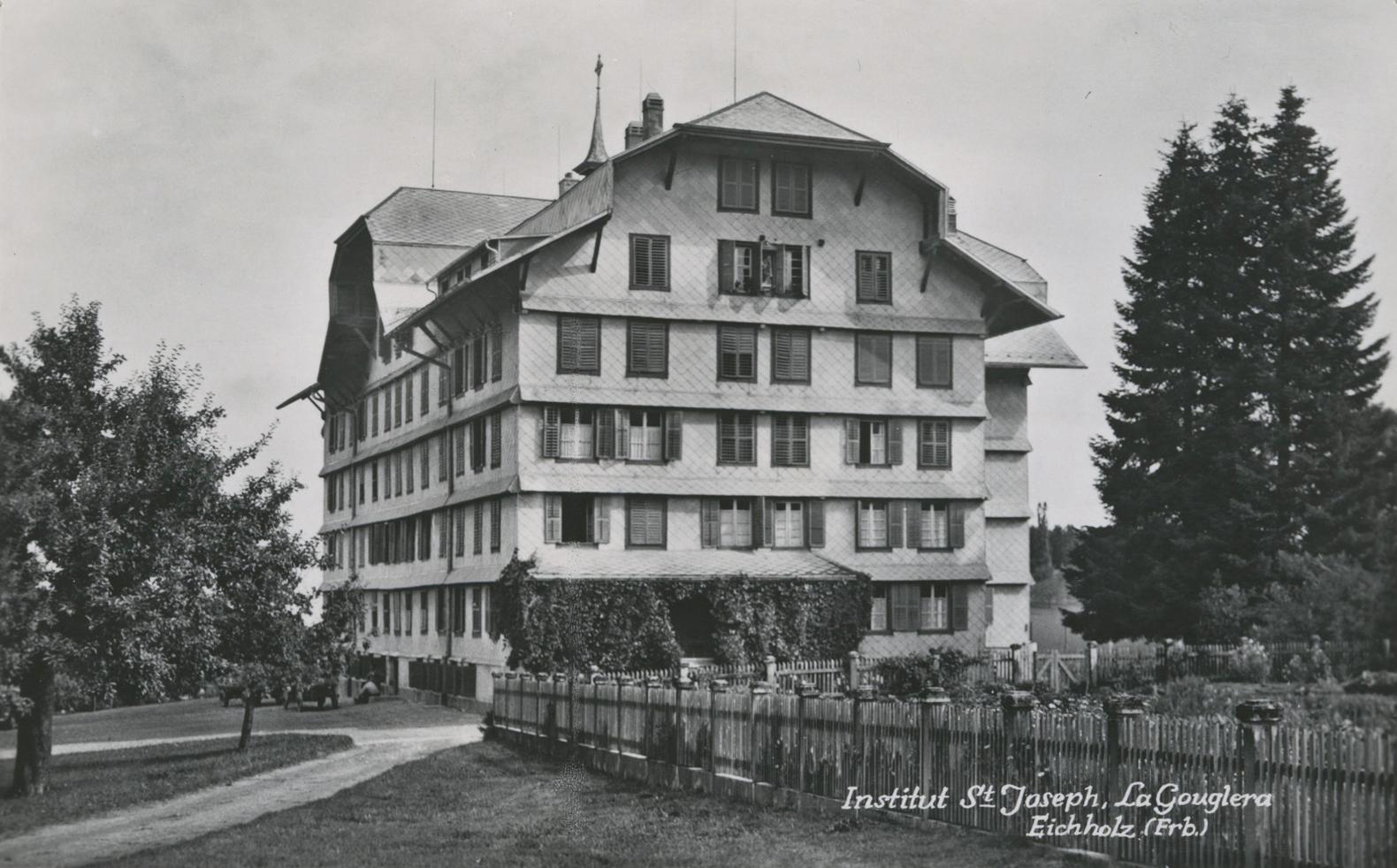
From orphans to the obese, and now asylum seekers. The changing roll-call of residents in the Guglera institute, set in the quiet Swiss countryside, speaks volumes about the social changes that have taken place in Switzerland over the years.
The ragged paupers who first came to Guglera in the middle of the 19th century had a long walk up the driveway to get to the big house. So great was their need, they came before the building was even finished.
The four-storey orphanage and school stood for more than a century, as generations came and went. Today there is a newer complex of buildings on the site with the most recent additions dating from the 1990s. The tranquil setting of pastures and forest is unchanged but a cloud is hanging over Guglera.
Since it was announced in February that the federal migration authorities had agreed to buy the property for use as an asylum centre, the place name has become a byword for the antipathy felt by some sections of the population towards asylum seekers.
Local worry
Switzerland, like other European countries, struggles with its role of providing refuge. Facing the challenge of accommodating more than 20,000 asylum seekers per year arriving from the world’s trouble spots, the race is on to set up more residential centres, usually against stiff local opposition.
Local people in the farms and villages near Guglera are worried and their public representatives are up in arms, but the current owner of the property, social entrepreneur Beat Fasnacht, was under financial pressure to sell. Besides, he says, it is a matter of principle.
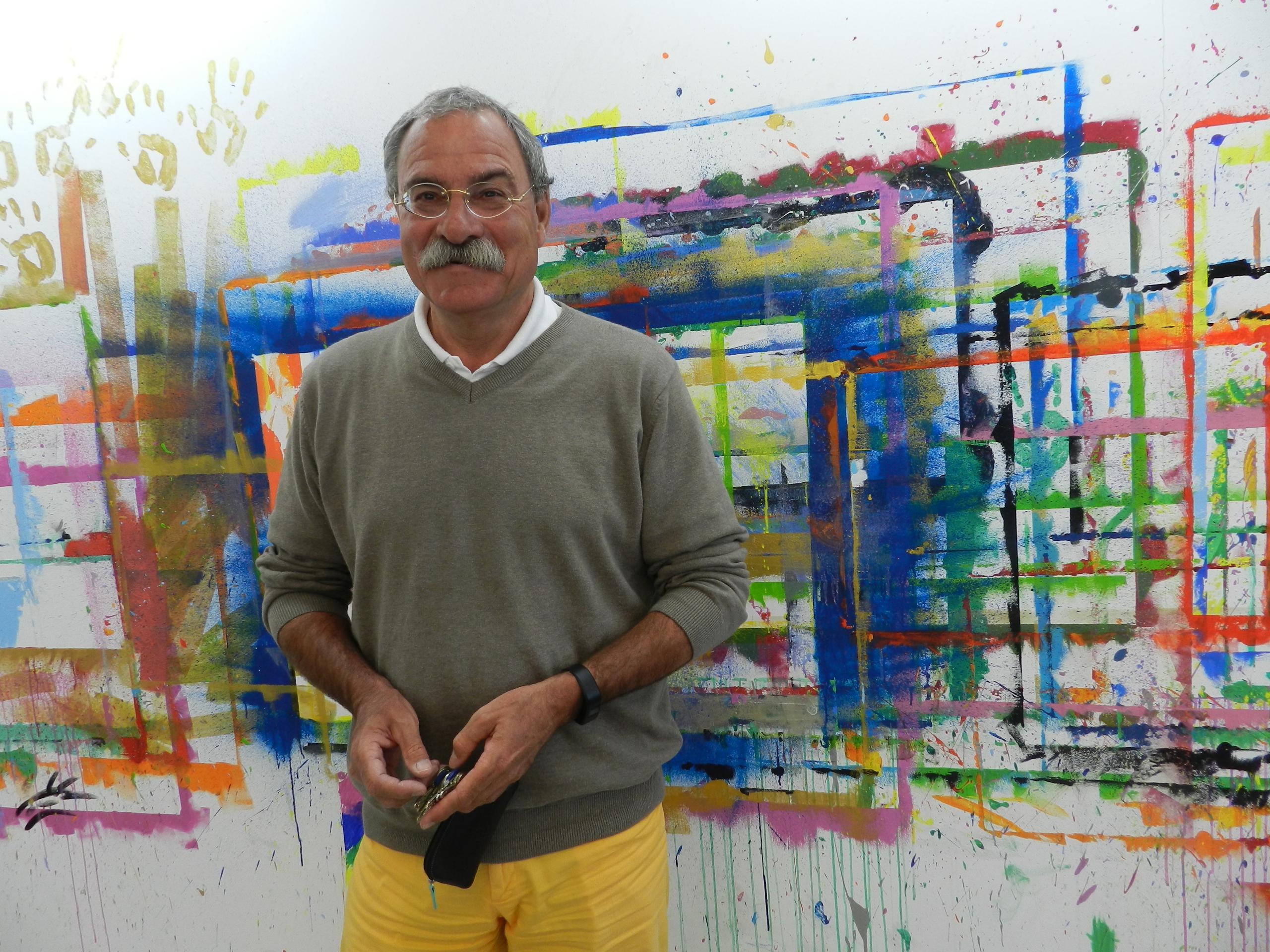
“Everybody has to understand that we are sitting in one boat. We don’t have a second world where we can say if something goes wrong, we go to the second world. And that means that everybody – from business, from the economy, from politics, from social institutions – we have to collaborate thoroughly together.”
Collaboration between business leaders, the Catholic Church and the local communes is how Guglera came into existence in the first place.
Chronic poverty
It was a local priest Fridolin Meyer from the nearby village of Plasselb who took on the task of setting up a ‘poor house’ on the Guglera site in response to chronic poverty in the region in the 1840s. A consortium of ten concerned citizens had already bought the land and earmarked it for this purpose.
“At the time, destitute people who were fit to work were usually assigned to farms as live-in servants but young children, the infirm and the elderly had nowhere to go,” local historian Anton Jungo told swissinfo.ch. Door-to-door begging was endemic in the surrounding communes and the town of Fribourg, 13 km away.
The idealistic priest embarked on a fundraising campaign, including running a lottery, and persuaded the four surrounding communes to contribute to the project. He bought the Guglera farm from the consortium in March 1851 for 58,000 francs and set about building a large institution which he hoped would house 300 people.
It was an audacious move, as the Swiss Church Newspaper wrote in 1857: “What an undertaking! Father Meyer possesses food and tools and materials worth around 2,000 francs; he has not quite 1,000 in cash to offer.”
Rocky start
Despite his good intentions and tireless fundraising, Meyer was unable to raise enough money to realise his vision properly and the sale was not legally completed. He ran into debt before the building work could be finished but that didn’t stop people from turning up seeking aid.
“The structure was there but the building was unfinished, open to the elements and not really inhabitable. Needy people turned up there anyway looking for food and shelter – the old, the infirm and destitute children – and it was a catastrophe,” Jungo said.
Enter Pater Theodosius Florentini, the biggest Swiss Catholic social pioneer of the 19th century. Florentini was a powerhouse of ideas and projects who had recently founded the order of the Ingenbohl Sisters of Mercy.
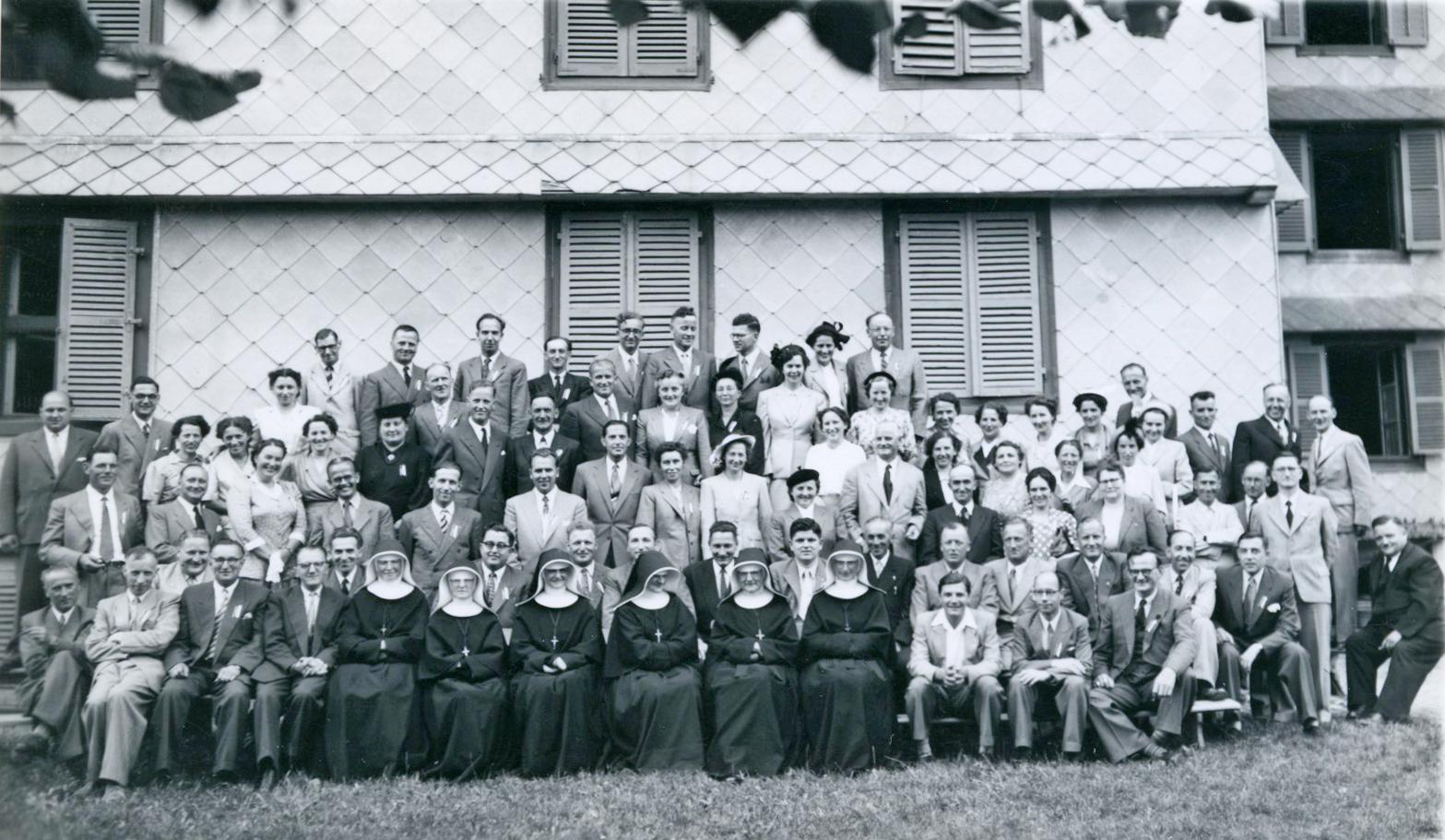
Florentini was asked by the canton to take over the run-down premises. The Ingenbohl sisters agreed to come on board on the condition that the home would concentrate on the care of orphans and that those orphans would receive an education.
School days
By the turn of the century there was an oversupply of children’s homes in the region and the Guglera school had started to take in private pupils. Within a short time the sisters had converted the home into a boarding school, St Joseph’s Institute.
“There were very few post-primary school places available in those days and families who could afford it sent their boys and girls to Guglera. They got a very good education there, bilingual in French and German,” Jungo explained.
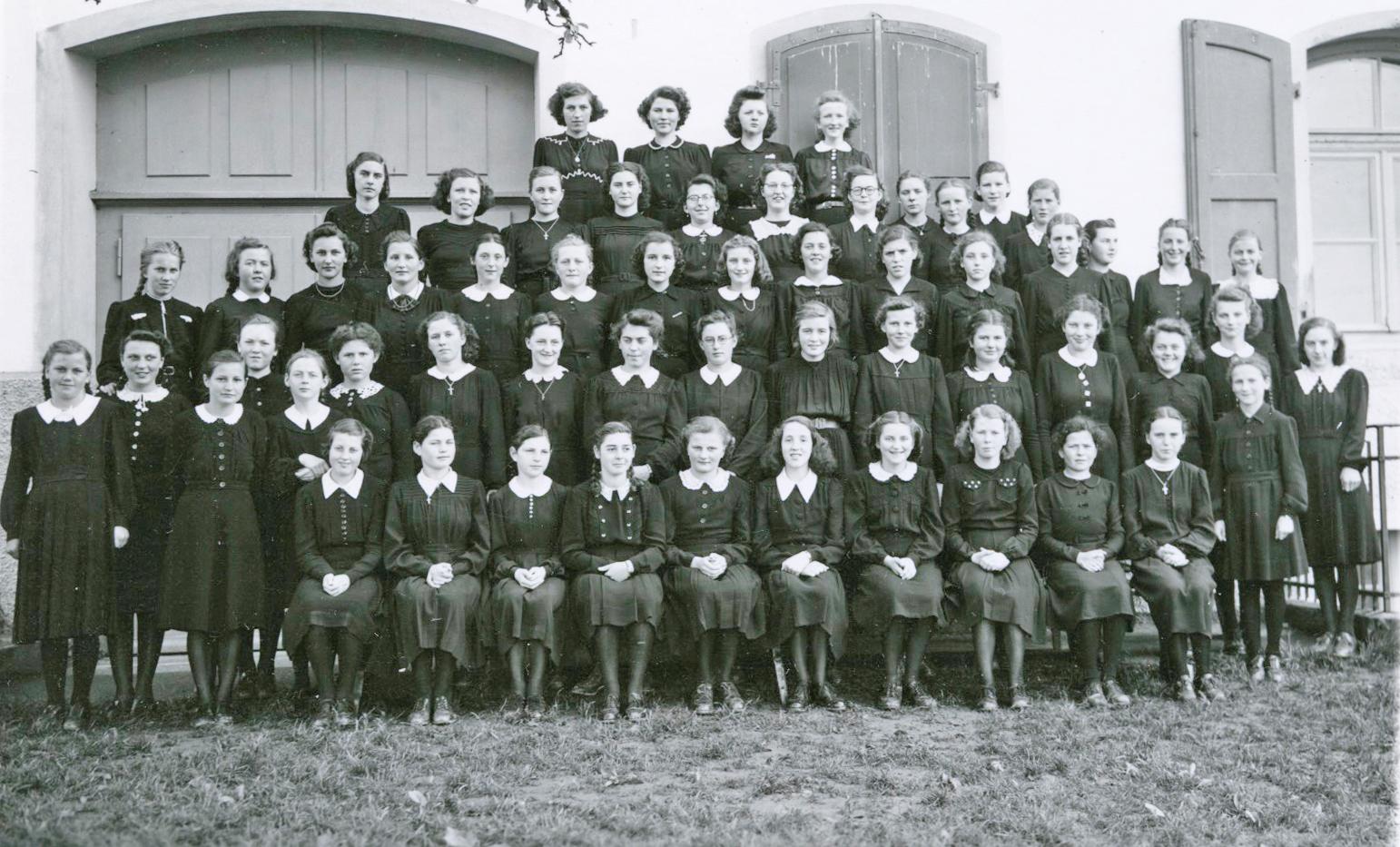
But falling vocations in the second half of the 20th century meant the sisters were forced to hire lay teachers and the school became more of a burden for them. The sisters started to wind down the school in 2004, not taking in any new classes.
In 2006 buyers came along that would take Guglera in a whole new direction – Beat Fasnacht and his wife Gaby Fasnacht-Müller. Fasnacht was looking to invest and his dream was to help young people who were overweight and suffering discrimination.
New start
With understated pride, Fasnacht shows off the facilities, which include an art studio, a library and a computer room. “I was very much influenced by my first wife who was obese. She died more than 30 years ago and she suffered during her whole life because of her weight.”
Since Fasnacht has been running his residential programme for young people with obesity, some 150 young people have benefitted from the course. They are helped to achieve a healthy lifestyle and get their careers started. Twenty staff work with the current intake of young people, including Fasnacht and his family who live in the institute. There is also a small day care centre operating on the site, another sign of the changing times.
Although Fasnacht has reached retirement age, he wants to continue this work, and he has plans to build a bigger better self-sustaining institution on the site of the old building which was pulled down in 1969. As always, funding is an issue.
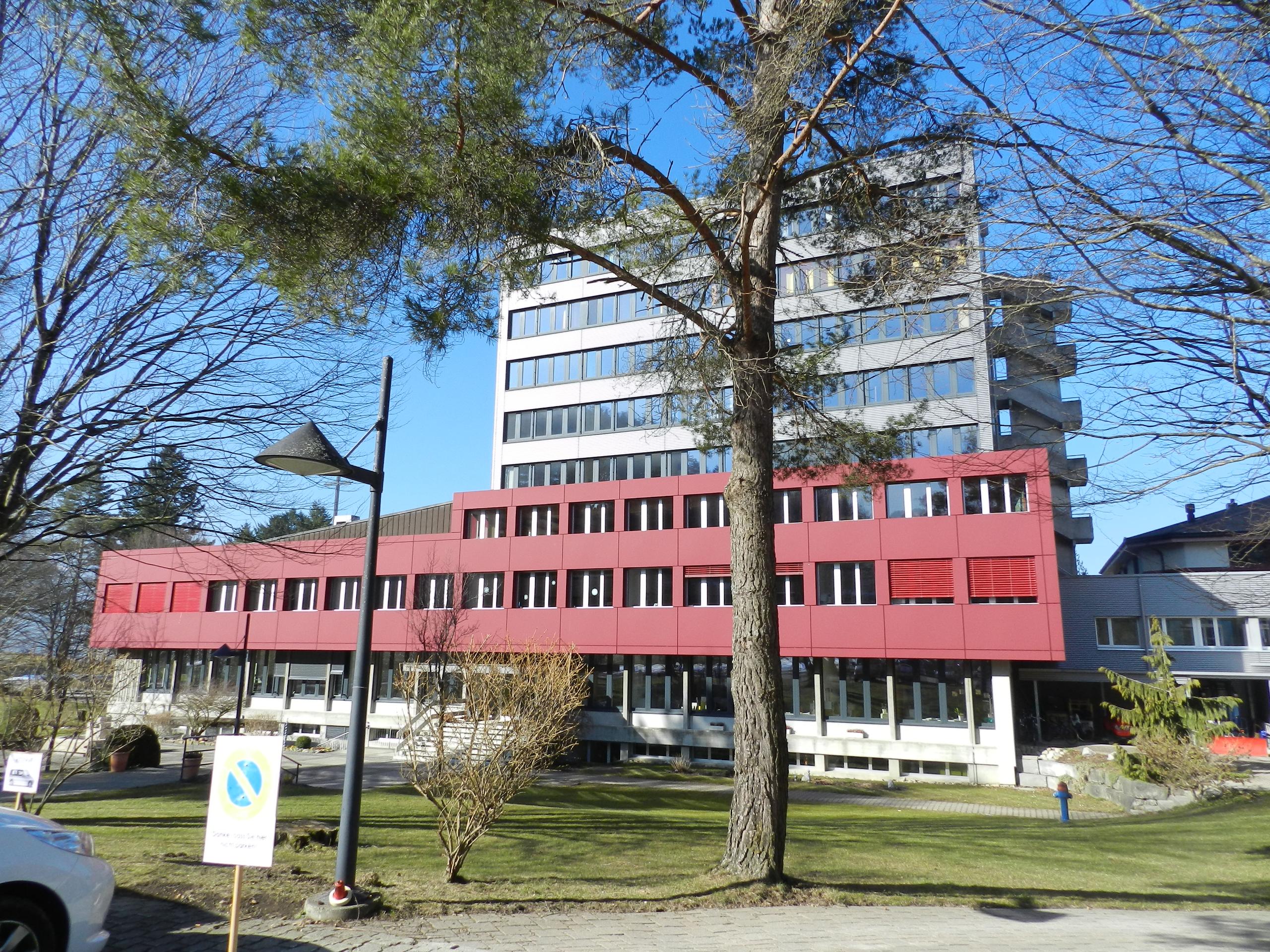
The announcement that Fasnacht had agreed the sale of the main Guglera buildings to be used as a residential centre for 300 asylum seekers came out of the blue. Fasnacht was branded a profiteer at a local information evening organised to answer people’s questions, which turned into an angry affair.
However Fasnacht has received many messages of support in the meantime, as echoed by historian Anton Jungo: “There is no doubt that asylum seekers are the new weakest group in our society and they need to be housed somewhere. The nineteenth century forerunners of Fastnacht would agree.”

In compliance with the JTI standards
More: SWI swissinfo.ch certified by the Journalism Trust Initiative
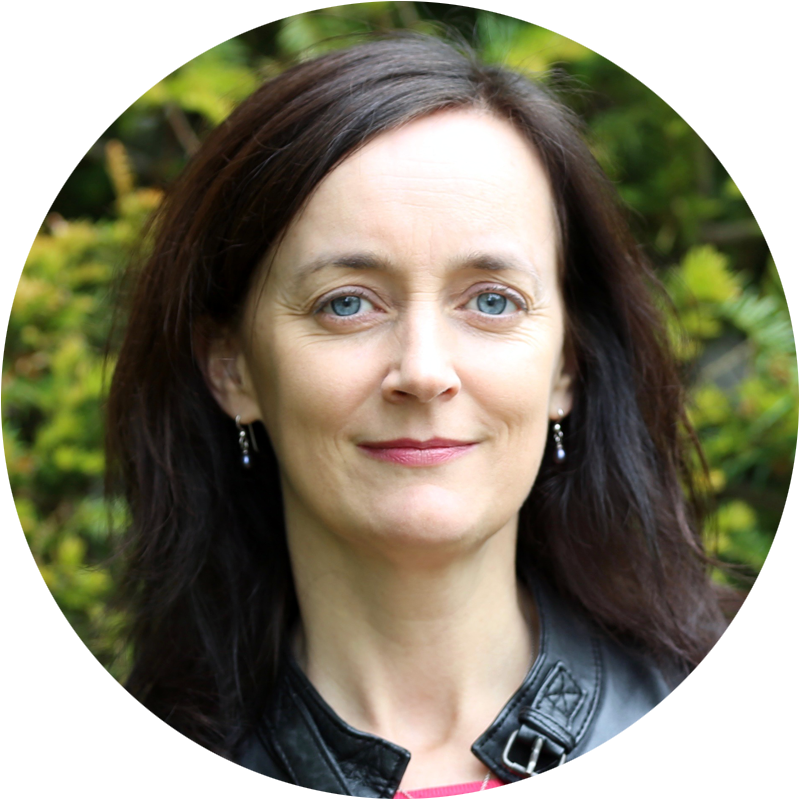
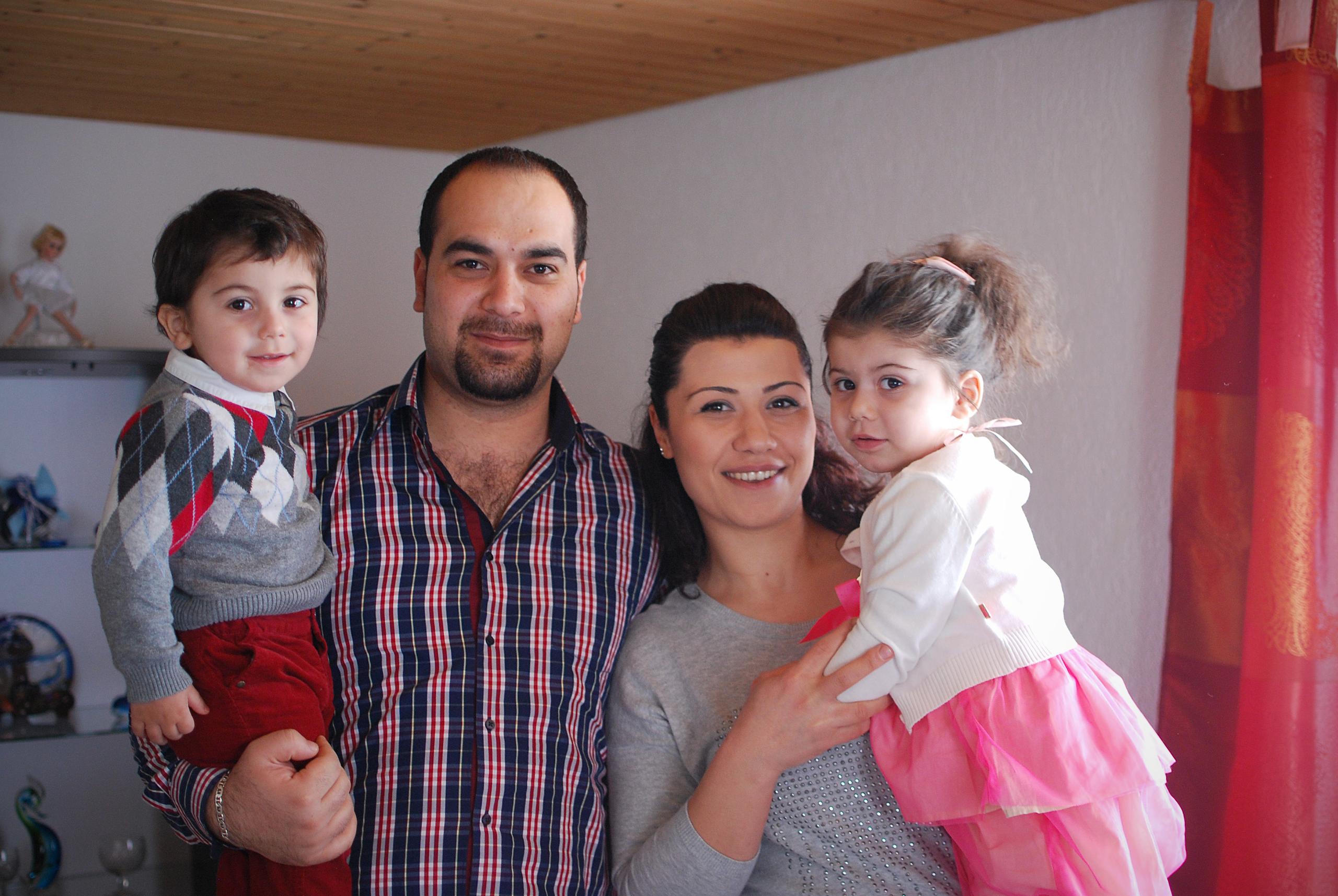

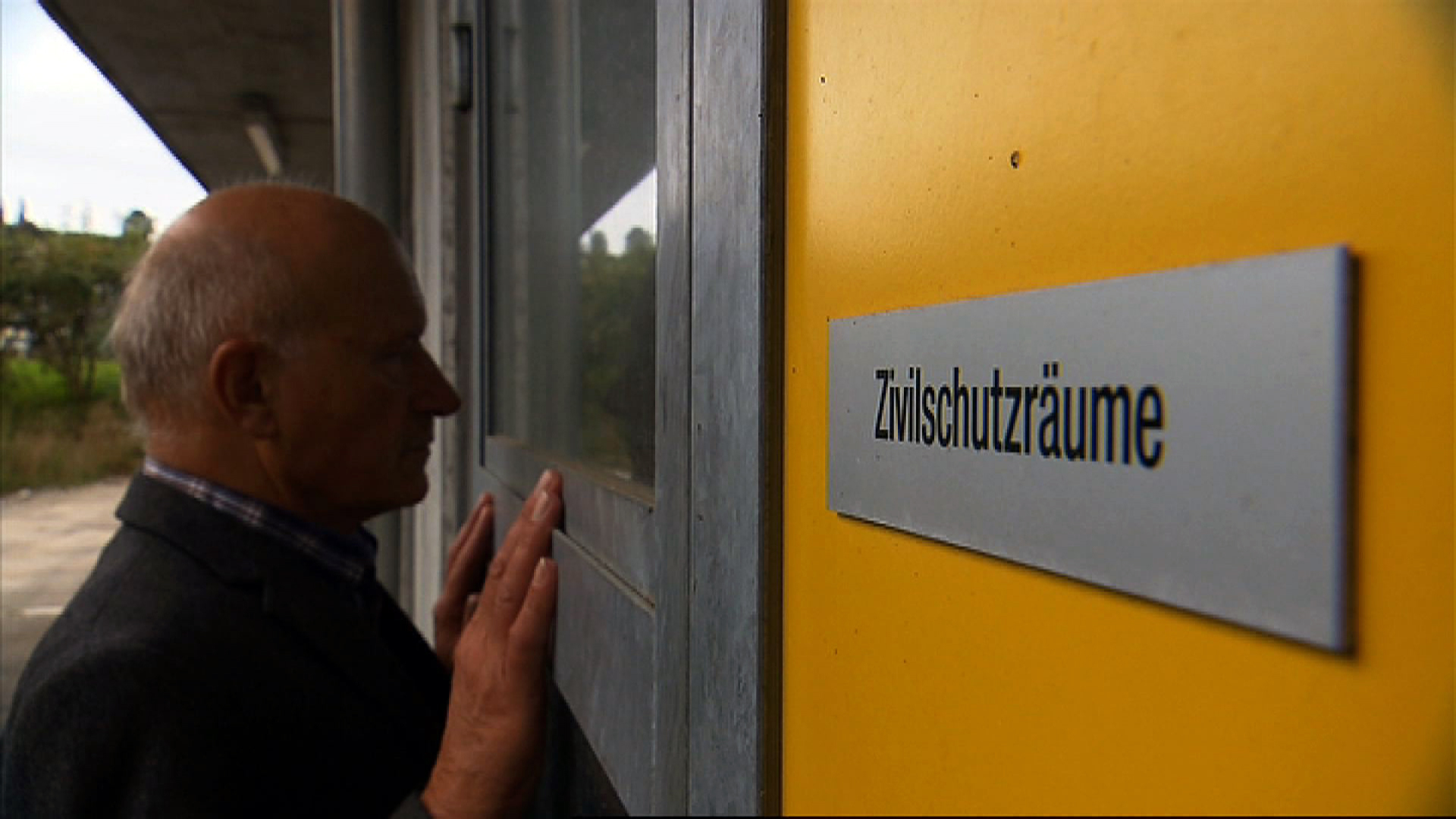
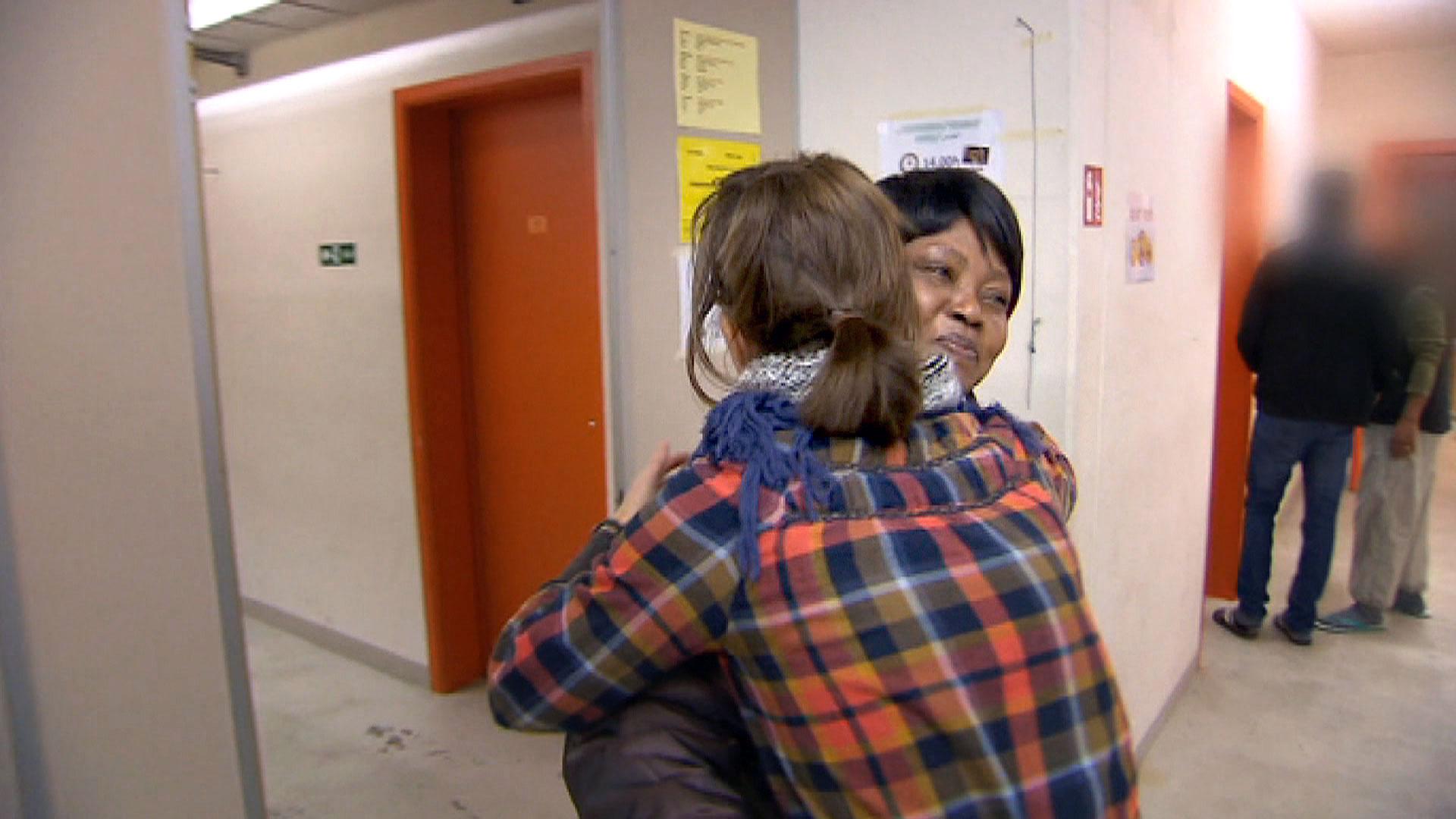
You can find an overview of ongoing debates with our journalists here. Please join us!
If you want to start a conversation about a topic raised in this article or want to report factual errors, email us at english@swissinfo.ch.